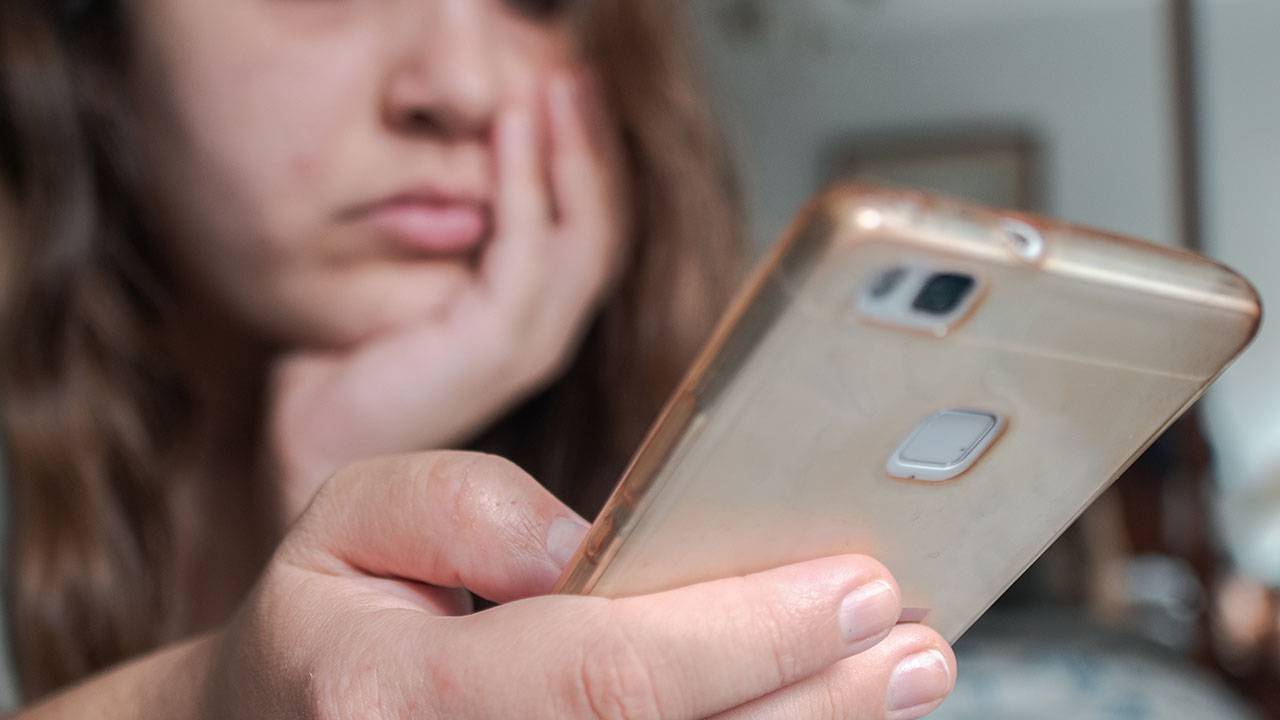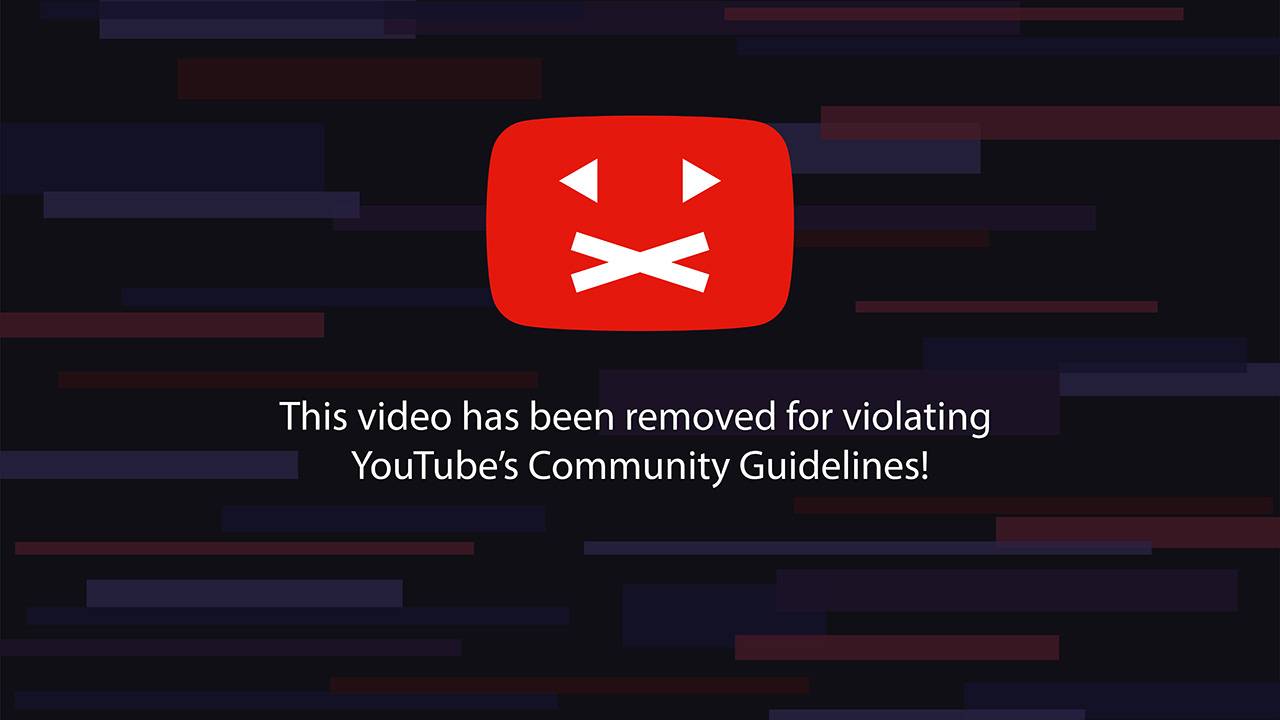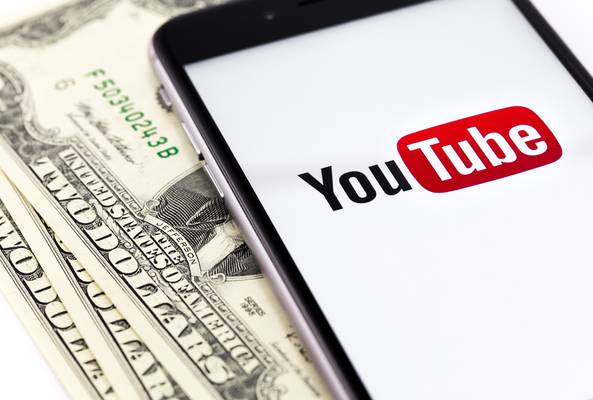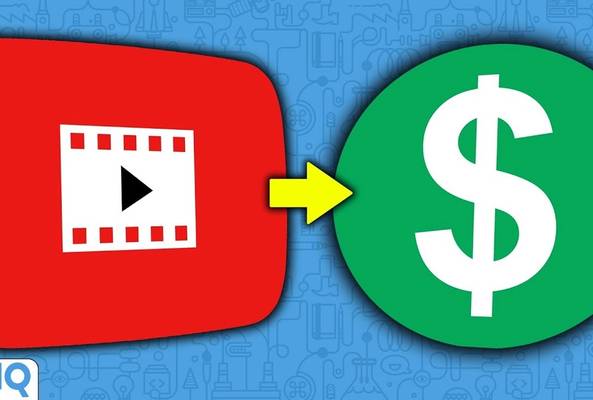Lydia Sweatt is a writer who loves balancing her article/blog time indoors with a healthy dose of nature. She bikes, hikes, and identifies edible plants along the way.
3 Types of YouTube Channels that Never Get Monetized
Most creators want to get monetized on YouTube, but their channels don't always pass the "content test." This is where YouTube looks at everything on a channel — the titles, the thumbnails, the popular videos, and more — to decide if it's a fit for the YouTube Partner Program. If it is, the creator can monetize videos with advertisements and make money from fans directly.
So, what stops creators from doing this? Most of the time, it happens when they violate a serious rule on YouTube that can't be ignored. So, here are three channels that never make it past YouTube security!
1. Channels with 100% Reused Content

One of the quickest ways to get demonetized (or not monetized at all) is by reusing other people's content on YouTube. Today, many creators repost viral clips without transforming them at all, such as adding original commentary, new visuals, or compelling edits. And that's what YouTube doesn't want to monetize — videos that are carbon copies of something else.
What YouTube says: "The spirit of this policy is to make sure we’re rewarding creators for original and authentic content that adds value to viewers.... We allow reused content if viewers can tell that there’s a meaningful difference between the original video and your video." — YouTube Help Center
Why These Channels Don't Make Money
YouTube values original content. If someone takes a video and reposts it with no value added, it doesn't make sense to pay them for it. It's unfair to the originator, and stealing content leads to a flurry of copyright claims and strikes.
Examples of Reused Content
- Taking popular clips from various sources and compiling them into one video.
- Reposting memes without original commentary or value
- Posting clips from popular TV shows or movies
- Uploading music from various artists without their permission
2. Channels with Repetitious Content

Repetitive content has the potential to be boring, and YouTube knows this. So, it's a good idea to avoid using the same thumbnails, titles, descriptions, and video content over and over again. It's safe to use the same intros and outros or reference clips from older videos, but keep the bulk of your content original.
Also, try not to mass-generate your videos using only AI (artificial intelligence). Give your content a human touch and let AI assist or enhance the process.
Read more: The Truth About AI: Can YouTube Automation Ruin Your Channel?
What YouTube says: "Repetitious content refers to channels where the content is so similar, viewers may have trouble spotting the difference between videos on the same channel.... If you have many videos that violate our guidelines, monetization may be removed from your entire channel." — YouTube Help Center
Why These Channels Don't Make Money
Advertisers are looking for engaging, original content where their ads can be placed. If a channel is just churning out the same stuff repeatedly, it won't attract advertisers or be approved for monetization.
Examples of Repetitous Content
- Looping short clips for an extended period, such as rain or wind sounds
- Uploading the same video multiple times, but with different titles and thumbnails
- Creating automated slideshow videos using the same template, text, and images
- Using text-to-speech software to read out articles, lists, or other content that belongs to someone else
3. Channels that Violate YouTube's Community Guidelines

YouTube has a long list of guidelines that aim to keep everyone on the platform safe. Channels that engage in dangerous acts are in direct violation of those rules, which means they can't make money. YouTube has the power to remove those channels altogether.
Specifically, YouTube doesn't allow spam, deception, disturbing or sensitive content, violent or dangerous content, misinformation, and the glorification of regulated goods.
What YouTube says: "If a YouTube creator’s on- and/or off-platform behavior harms our users, community, employees, or ecosystem, we may respond based on a number of factors including, but not limited to, the egregiousness of their actions and whether a pattern of harmful behavior exists. Our response will range from suspending a creator’s privileges to account termination." — YouTube Help Center
Why These Channels Don't Make Money
When a channel engages in activities like hate speech, harassment, or spreading misinformation, it becomes a high-risk platform for advertisers. Brands don't want their reputation tarnished.
Examples of Community Guidelines Violations
- Spreading false information or conspiracy theories, especially concerning public health, elections, or other significant events
- Making videos to harass, intimidate, or bully specific individuals or groups
- Promoting or glorifying the use of illegal drugs or substances
- Posting content that exposes minors to dangerous activities
YouTube's New Update on Demonetized Channels
Previously, channels could be instantly demonetized without warning, leaving creators shocked and financially impacted. If demonetized, creators had 21 days to appeal, but YouTube could take up to 14 days to respond, leading to a potential 6-week period without revenue even if the appeal is successful. With a new policy update, YouTube has addressed the unfairness of this system and introduced new, more lenient rules. Watch Rob cover all about the update below:
Here's what the new policy update entails:
- Pre-Demonetization Appeal: YouTube has introduced a 7-day window for creators to appeal before losing monetization.
- Appeal Process: Creators must provide more information to YouTube, typically by recording a video demonstrating how they create content.
- Selective Availability: This pre-appeal opportunity is available only for certain types of suspensions, likely those involving issues like reused or repetitious content. More serious offenses may not be considered.
If the appeal is successful within the 7-day window, the channel remains monetized, avoiding any loss of revenue. Even after the 7-day window, creators still have 21 days to appeal, though demonetization will occur after the initial 7 days.
YouTube has been criticized for making quick, damaging decisions regarding channel suspensions in the past. However, this update is seen as a positive step toward giving creators more time to address issues before suffering financial loss. It represents a shift in YouTube’s approach, aiming to reduce the stress and financial impact on creators by allowing a fair chance to appeal before demonetization takes effect.
Which Channels Get Monetized on YouTube?
Are you ready to turn your channel into a money-making machine? The good news is that it's more than possible. You just need three qualities to pull it off:
- Authenticity (the freedom to be yourself)
- Originality (a creative spirit)
- Tenacity (the will to keep going)
Other than that, YouTube monetizes channels that offer original, engaging, and advertiser-friendly content. Think educational tutorials, entertaining vlogs, insightful reviews, or even captivating storytelling. It all works on YouTube and paves the road to monetization.
Speaking of cash, here's how to boost your advertising revenue when you do get monetized.



